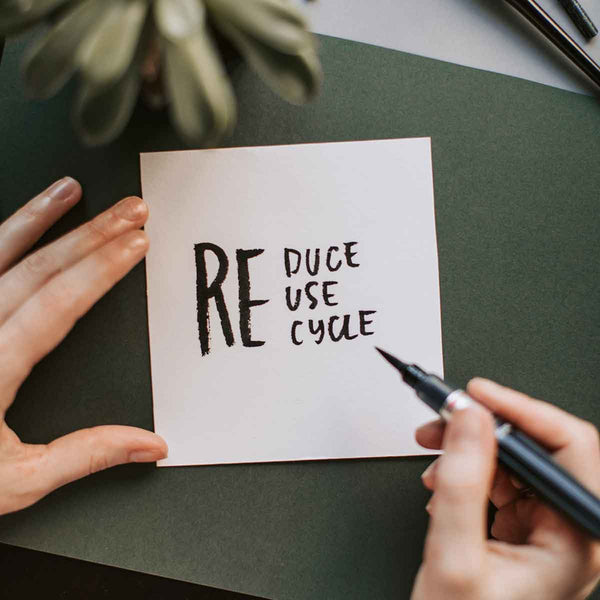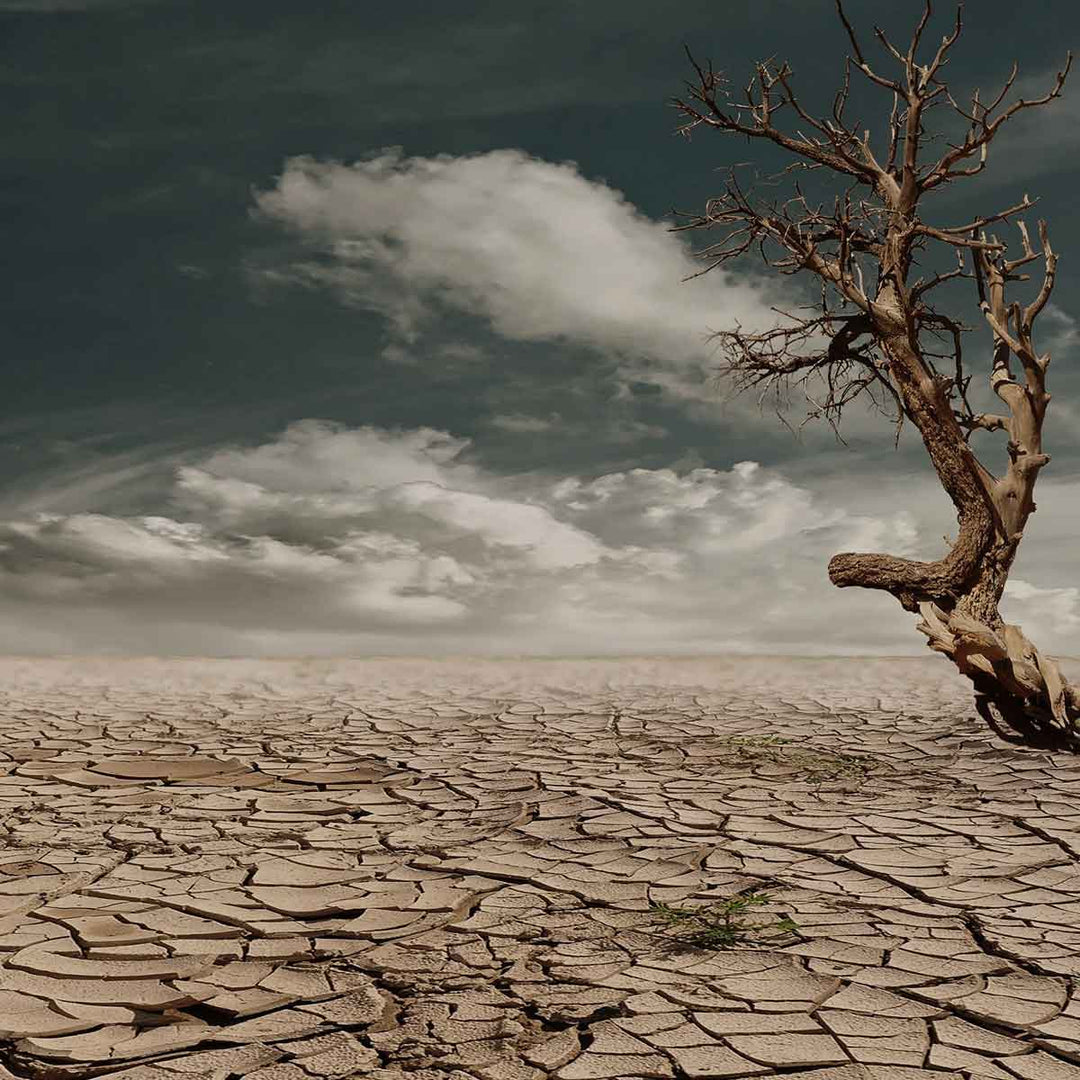How to Recycle Paper?
The production of paper and paper products uses not only tons of natural and raw materials but the process is also responsible for emitting harmful greenhouse gases into the atmosphere, many of which contribute to climate change. Through recycling paper and efforts to curb the production of this product from a raw material to the final product, it is possible to curb the number of resources used and decrease the level of toxic and harmful gasses that are released into the atmosphere. Recycled paper products go through a process where they are changed from their used form into new products. The following is a brief example of how to make recycled paper from previously used paper products:
- Collection: The first step of the process is the collection of the used paper products. This is one of the most important parts of the process and it involves the consumer making an effort to separate and store their paper products so that they can be recycled. It is important that you keep these products clean, dry and completely separated from other waste as any contamination would mean that the entire bunch would not be recyclable. When recycling, it is important to be aware of the different recycling symbols and understand what they mean.
- Pick up: The next step of the process involves the consumer either dropping off the recycled paper products or having them collected. Many recycling plants have created a system whereby products can be collected and exchanged for money, offering a business plan and a way for those who are not employed to make money!
- Sorting: Once the recycled paper products reach the recycling facility, they will need to be sorted. Each paper product has a specific grade allocated to it and these grades determine how each one can be recycled. This differentiation of products is important as different types of paper are recycled through different processes.
- Turn the products into pulp: The next step of the process involves turning the recycled paper into pulp and a recycled paper product can go through a pulping machine around 6 or 7 times before it is considered to be back in its natural form. The pulp passes through a number of screening and checkpoint areas to ensure that no other product has been missed in the process. Once the product has been turned into pulp, it is then ready to be turned back into new paper!
What Are The Benefits Of Paper Recycling?
Recycling Saves Trees
WIth the recycling of paper products, you need fewer natural resources to create brand new paper, this ensures that there is a reduction in the number of trees that are cut down to create this new paper. Trees are an important part of the natural world, providing homes for many animals and producing the oxygen that we need to survive. If we can reduce the number of trees that are cut down, or even stop cutting them down altogether, it could greatly reduce global warming, pollution and many other elements that impact the environment. Desertification due to the cutting down of trees has led to entire ecosystems vanishing and many species of animal are dying out due to the cutting down of trees. By recycling paper and saving trees, a big difference can be made!
Helps Protect Wildlife
Recycling paper is extremely beneficial when it comes to saving different wildlife species. As trees get cut down and used for paper products, animals homes get destroyed, and entire ecosystems are disrupted. Through managing the number of trees that are cut down and increasing recycling efforts, many species can be saved.
Enables Us to Obtain Paper at Cheaper Costs
The benefits that recycled paper making have on the environment are well-known facts, it is however also important to note that recycled paper is often far more budget-friendly as opposed to standard paper. You are ultimately removing a very expensive part of the paper production process from the equation when recycling, and cutting down trees and turning the wood into pulp is extremely costly. It is far cheaper to sort through and recycle these products, creating a far more affordable final product!
Less Water Consumption
The felling of trees is not only far more costly than recycling but the process also tends to use far more water. As one of the natural resources necessary for survival, it is imperative that we all work to conserve our water in any way possible. The process of cutting down trees and transporting these trees to manufacturing plants uses tons of water, far more water than what is needed to turn paper back into its pulp form.

What Can Be Done for Paper Recycling at Home?
Paper recycling at home is very important, and one of the most vital steps of the paper recycling process is the collection and separation of certain paper products that can be done at home. By being aware of the different recycled paper symbols and sorting out your paper products accordingly, you are contributing to the process and helping to ensure that paper is recycled and then used again. It is important to separate your paper products from other waste and make sure that you keep these products clean and dry, as any contamination can affect the entire process once the paper is at a recycling plant.
Which Papers Are Not Used for Recycling?
Though most paper products can be recycled, there are a few that cannot be correctly processed and therefore they should not be placed in recycled paper bags. Things like wax paper, laminate paper and tetra packs cannot yet be correctly recycled and these items should be thrown away in the normal trash. For those who are hoping to make a difference and reduce the number of trees being cut down to create paper products, it is best to avoid these kinds of paper where possible!
Use our Recycled Towels to help the nature!














